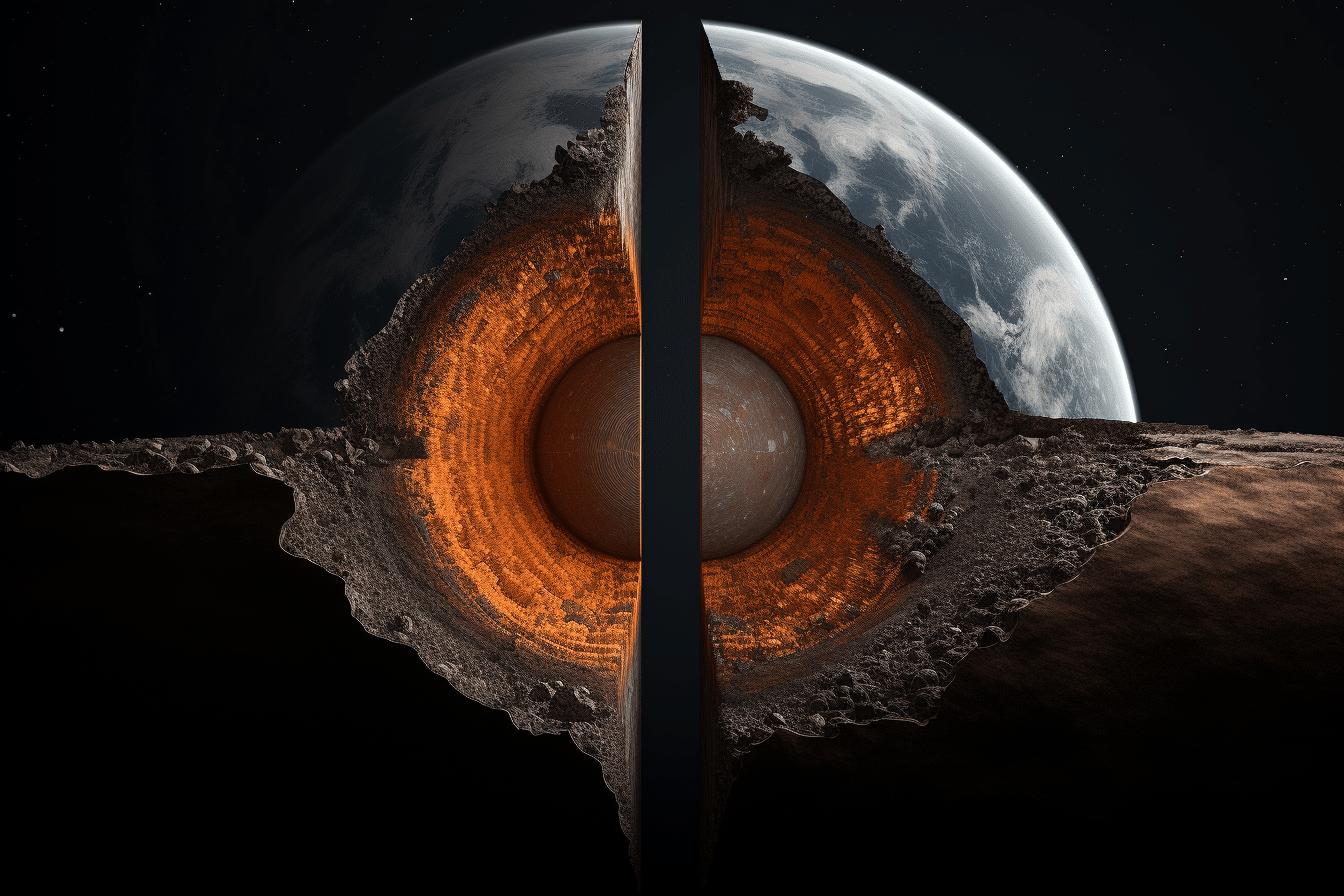Unlike Earth (and Venus), the Moon lacks tectonic activity, and thus its internal structure is well preserved from its formation. This gives scientists the opportunity to understand how the interiors of planets form. Now that we know what’s inside the moon, scientists have more clues about the origin of the moon and our planet.
Why do we explore the moon?
By studying the moon, scientists can do this Reconstructing the history of the Earth’s origin The formation of the solar system. Both the Moon and Earth were formed during The origin of our solar system, About 4.6 billion years ago.
Unlike Earth, whose surface is constantly recycled due to plate tectonics, the surface of our Moon has remained relatively unchanged since that time. Which makes it A time capsule that preserves history Of the origin of the earth.
The results of an in-depth investigation into the internal structure of the Moon revealed what this star hides. The researchers hope that these new results Contributing to a better understanding of the history of the MoonAnd therefore the land.
Research was conducted using seismic data
The investigations were conducted by a team of researchers led by astronomer Arthur Breaud of the National Center for Space Research scientific reseach (France). they have Research into the internal structure of the Moon using seismic data.
Researchers explain that sound waves resulting from earthquakes vary depending on the materials present inside the planet or moon. Which Gives indications of the potential nature of these materials.
So this data makes it possible Detailed map of the interior of the star. The team collected data from various space missions and lunar laser ranging experiments to build a snapshot of the Moon’s properties.
The interior of the moon is iron
Reveal the results Similarities between the formation of the Earth’s core and the formation of the Moon. According to researchers, it has a liquid outer layer and a solid inner core.
#Astronomy scientists led by #arthurperiod For the French National Centre #scientific reseach Conducted detailed analysis and modeling #moonIts inner essence pic.twitter.com/czngODvUJ9
– F (@FutureeTalk) October 7, 2023
The radius of the outer core is about 362 km, and the radius of the inner core is about 258 km. The researchers explain that this represents about 15% of the total radius of the Moon.
The team also analyzed the density of the moon’s inner core, which is estimated at 7,822 kg/m3. This is very close to the density of iron. These results have interesting implications forThe evolution of the Moon and, more fundamentally, the evolution of the Earth.

“Hardcore beer fanatic. Falls down a lot. Professional coffee fan. Music ninja.”







More Stories
Secret earthquakes have been discovered in Montreal
Samsung: Protect your privacy with Galaxy security and privacy features
First Date Date: 7 Tips